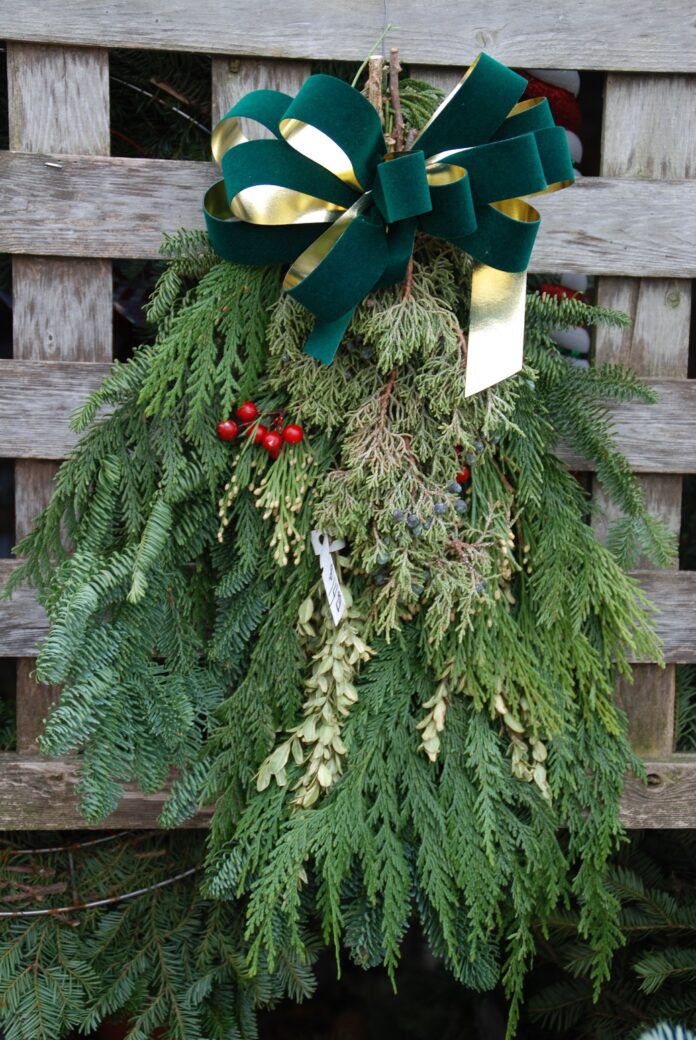by Melinda Myers
The winter solstice marks the Northern Hemisphere’s first day of winter and the day with the fewest hours of sunlight. It usually occurs around December 21st, like this year, and has been celebrated worldwide since ancient times. A variety of plants have been used to celebrate this change of seasons.
The Yule log may be the most well-known plant-related tradition. An entire tree or the largest available log was burned during the twelve days of Yule beginning on the winter solstice. Pine logs symbolizing prosperity were often used, but oak was also used for strength and wisdom and poplar for understanding. Pieces of the yule log were collected and saved to start next year’s fire, and the ashes were often sprinkled around the house to protect it from evil spirits.
The Saxons and Celts often used the entire trunk of an oak tree, representing strength, protection, and endurance, for their winter solstice bonfires. They kept it burning for 12 hours on the eve of the solstice. If the fire stayed lit during this period, they believed the household would be protected and have an abundant harvest and good health.
Yews symbolizing death and the last day of the solar year, as well as the silver fir, symbolizing winter solstice and rebirth, and the birch representing new beginnings were also part of solstice celebrations of the past.
Several cultures believed evergreens symbolized immortality, protection, and future prosperity. They made wreaths and decorated their homes with fir, cedar, and pine boughs. Small gifts for the gods of the sun, earth, and harvest were hung in pine trees. Some believe this evolved into the tradition of decorating evergreen trees for Christmas.
As you welcome the lengthening of daylight, you may contemplate the old proverb, “As the days lengthen, the cold strengthens.” Many places in the Northern Hemisphere experience the coldest average temperatures in January and February, even though the days are getting longer.
There is science behind this proverb. Despite the lengthening amount of daylight, the earth is losing more heat than it gains, resulting in colder temperatures after the winter solstice. The ground, large bodies of water, and other objects slowly warm throughout the summer and slowly lose this heat as the days shorten. The release of this stored heat continues after the winter solstice, delaying the onset of the coldest winter temperatures. Although the days begin to lengthen, the earth’s angle to the sun and relatively long dark periods result in less heat gain and more heat loss during this time.
This temperature lag is often longer in areas near large bodies of water like the Great Lakes and oceans. So, your proximity to these prevailing winds and snow cover also impacts winter temperatures.
Although the temperatures may drop, enjoy the longer days with a walk in the woods, at a nearby park, or through your neighborhood.
Melinda Myers has written over 20 gardening books, including Midwest Gardener’s Handbook, Revised Edition, and Small Space Gardening. She hosts The Great Courses “How to Grow Anything” instant video and DVD series and the nationally syndicated Melinda’s Garden Moment radio program. Myers is a columnist and contributing editor for Birds & Blooms magazine. Myers’ website is www.MelindaMyers.com.


